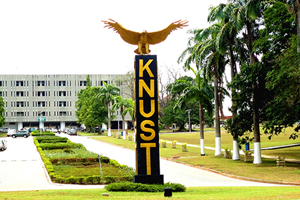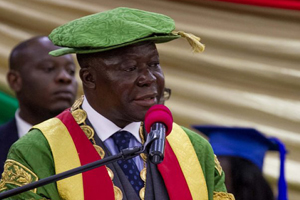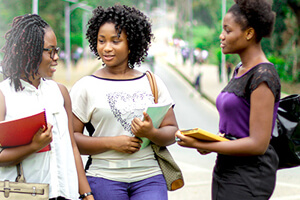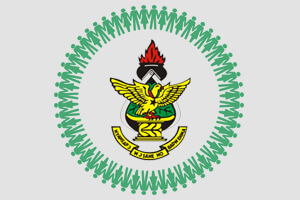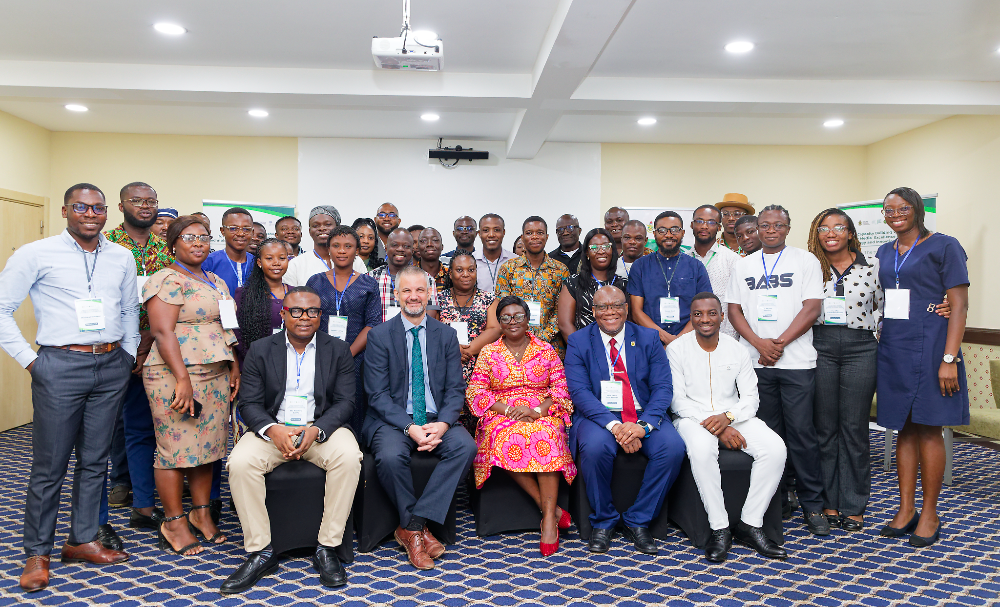The British High Commission in Accra, in collaboration with the Responsible Artificial Intelligence Lab (RAIL) at Kwame Nkrumah University of Science and Technology (KNUST) and the Ministry of Environment, Science, and Technology (MEST), has organized a 5-day workshop for journalists in Ghana.
The event brought together 30 journalists from prominent Ghanaian media outlets such as Media General, Multimedia Group, Ghana News Agency, Asaase Radio, Daily Graphic, New Times Corporation, and Ghana Broadcasting Corporation.
The workshop seeks to enhance journalists' capacity, promote behaviour change and improve the public's understanding of science and technology.
It emphasized the need for clear, accurate, and accessible reporting on Science, Technology, and Innovation (ST&I).
Additionally, the workshop underscored the UK Government's commitment to advancing Ghana's development through technology, as part of the UK-Ghana Science, Technology, and Innovation Strategy, launched in 2023 to foster bilateral collaboration.
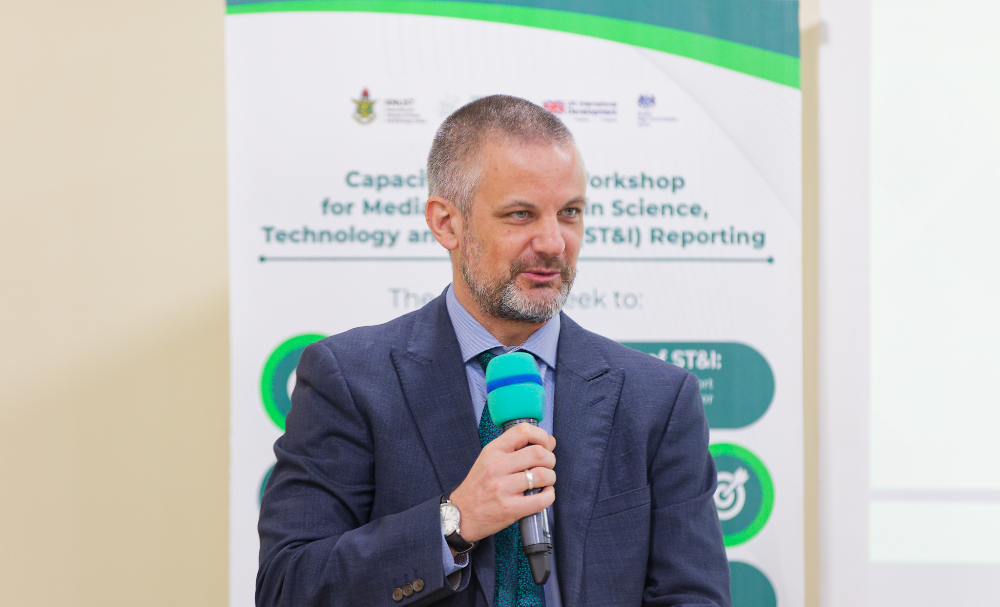
“This is the second edition of the workshop aimed at equipping media personnel with skills in ST&I reporting. Science and technology stories are shaping the world rapidly, and it is crucial for journalists to keep pace,” added Mr. Richard Sandall, Development Director at the British High Commission.
Mr. Sandall also mentioned that KNUST is also introducing a short course on media excellence in ST&I to ensure sustainable capacity-building for journalists.
A major feature of the second edition of the workshop is a pitch competition, where the top 10 innovative ideas will receive £1,000 each, with winners given the opportunity to attend training and knowledge exchange at Imperial College London.
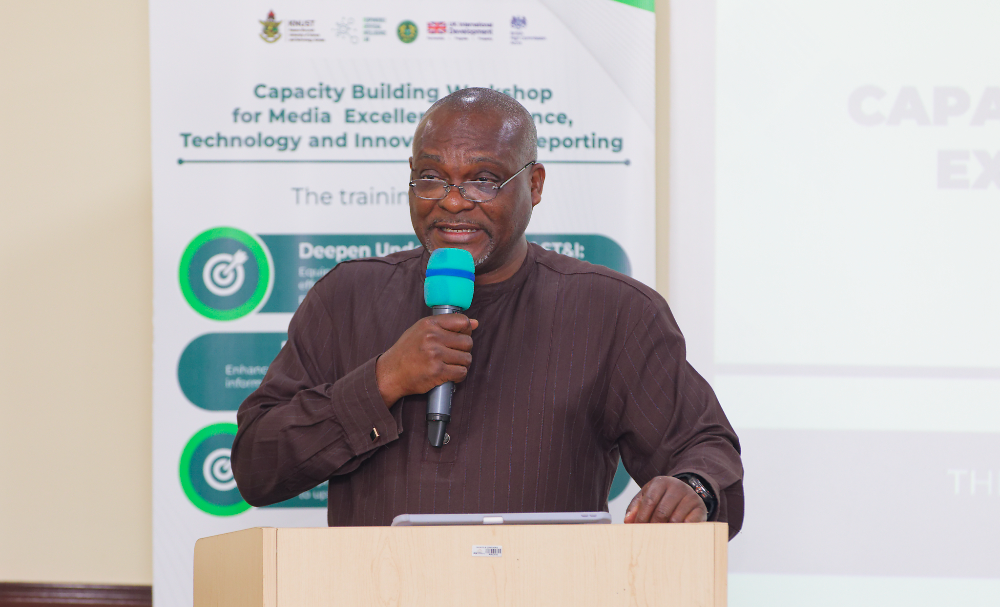
Mr. Kwamena Quaison, Director of Science and Technology at MEST, acknowledged the importance of the media in national development.
“Ongoing discussions about ST&I have led to an executive directive to restructure MEST for greater efficiency,” he said.
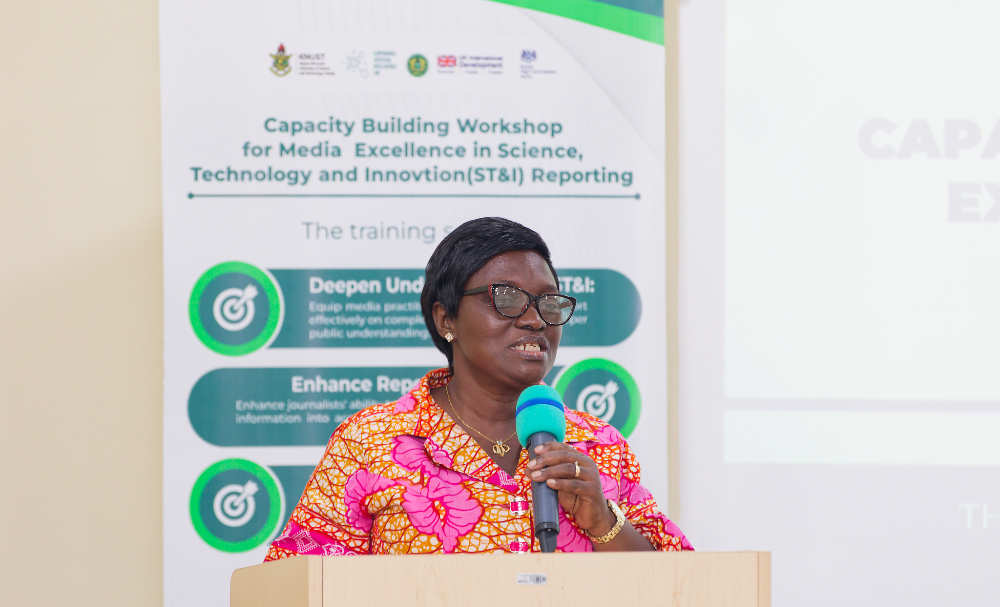
Mrs. Linda Asante Agyei, Vice-President of the Ghana Journalists Association (GJA), noted the positive shift in communication between scientists and the media.
“In the 1990s, getting scientists to discuss their innovations publicly was difficult. Today, they engage on radio and TV and even write articles about their work. This is a positive shift,” she stated. She encouraged greater collaboration between science journalists and communicators to strengthen networks for funding and support.
Mrs. Asante Agyei also discussed the unique challenges of science and technology reporting, including the complexity of scientific concepts, rapid technological advancements, and ethical considerations.
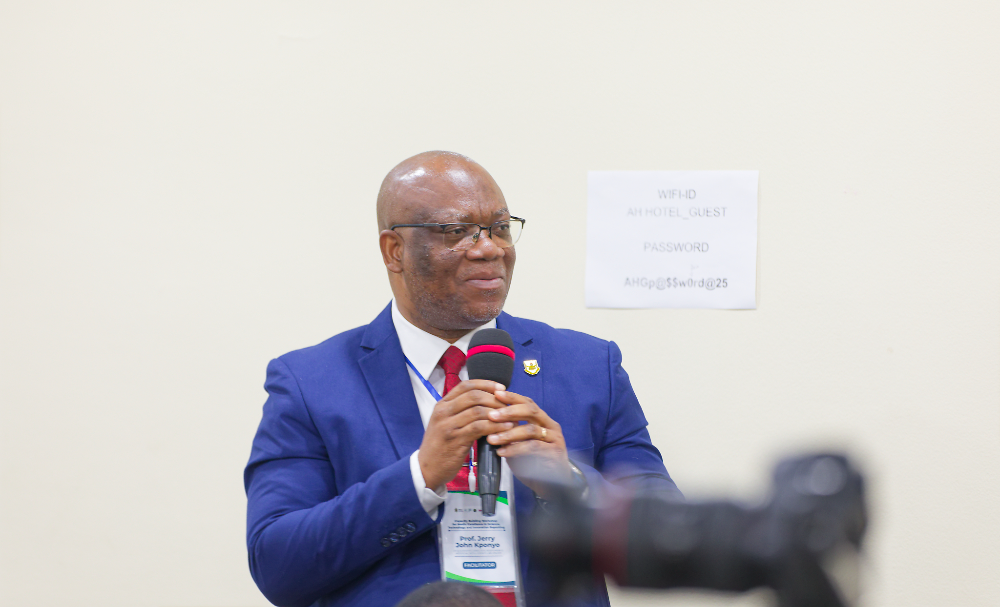
Prof. Jerry John Kponyo, Principal Investigator and Scientific Director of RAIL KNUST, reaffirmed the university’s commitment to advancing ST&I research for national development.
However, he pointed out the underreporting of significant scientific breakthroughs from KNUST and other Ghanaian universities.
“There is a disconnect between scientific research and its communication. To bridge this gap, KNUST, through RAIL, has partnered with the British High Commission and MEST to equip journalists with the skills to report effectively on ST&I developments,” he said.
A panel discussion with key stakeholders, including Mr. Johnson Masagotin Singir, Science and Innovation Officer at the British High Commission, Nashiru Salifu from MEST, and Mrs. Linda Asante Agyei, tackled the challenges of ST&I reporting, the UK-Ghana STI Strategy, and future initiatives.
The Workshop participants called for a greater editorial focus on ST&I stories and the revival of science desks in media houses. They also proposed that the GJA advocate for policies to dedicate at least 10% of news coverage to ST&I topics.

